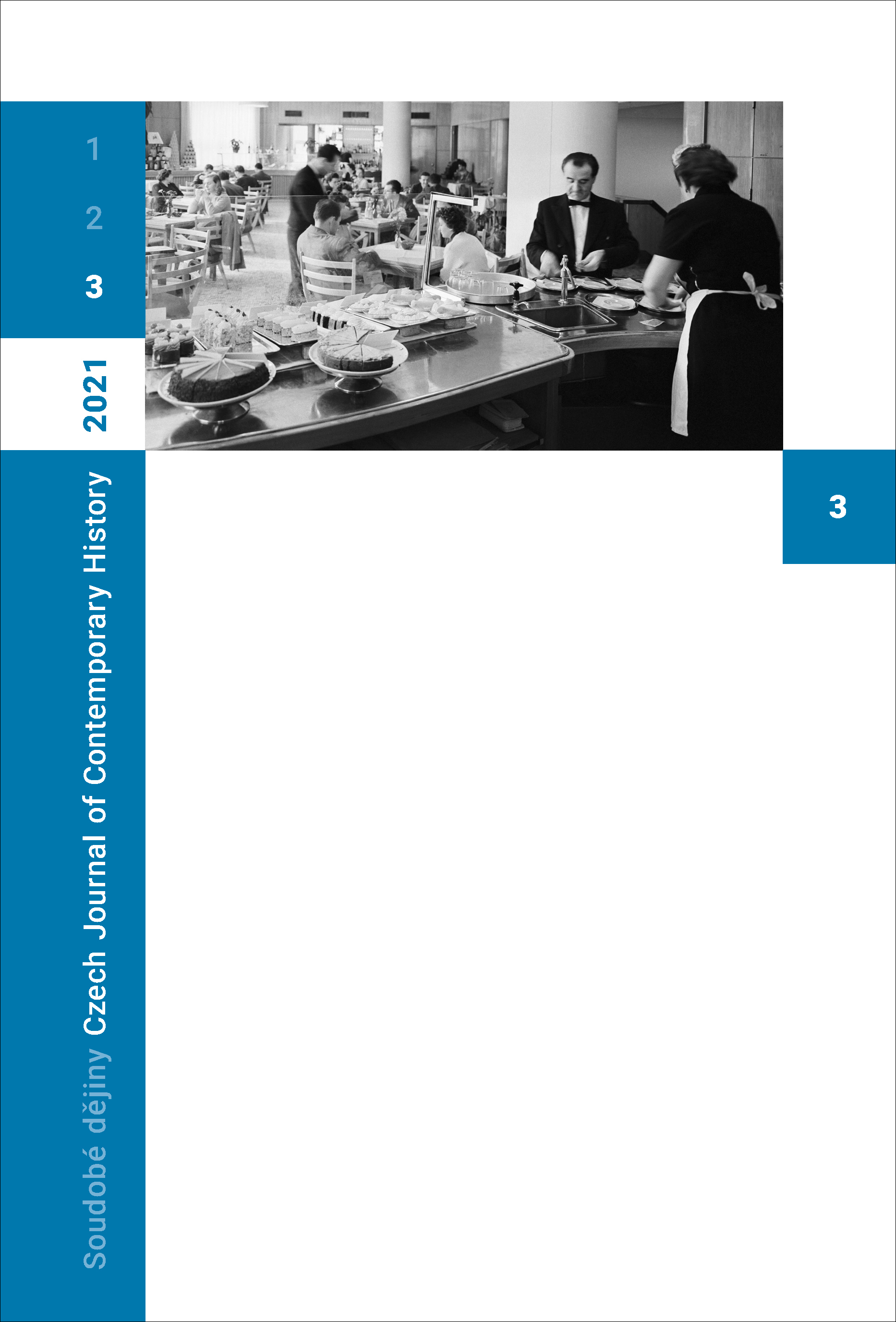Socialist Luxury on a Fork
Socialist Luxury on a Fork
Haute Cuisine in Czechoslovakia, 1948–1989
Author(s): Martin FrancSubject(s): History, Cultural history, Post-War period (1950 - 1989), History of Communism
Published by: AV ČR - Akademie věd České republiky - Ústav pro soudobé dějiny
Keywords: Czechoslovakia;state socialism;gastronomy;haute cuisine;food;luxury;restaurants;hotels;Expo 58 in Brussels;Expo 67 in Montreal;
Summary/Abstract: The study deals with top gastronomy in Czechoslovakia from the establishment of the communist regime in 1948 to the end of the 1960s. I first recall the local tradition of haute cuisine in the interwar era when Czechoslovakia was clearly on the periphery of the gastronomic map of Europe and was trying to adapt the inspirations from more advanced centres. This effort, however, was seriously undermined by the Second World War and by the communist takeover soon afterwards. If in 1945, after all the post-war difficulties, it was still possible to hope for a positive turnaround, the consequences of the changes in 1948 were absolutely devastating, making haute cuisine practically absent from the Czech/Czechoslovak culture for a long time. It lost virtually all potential clients, and restaurants preferred simple preparations that featured basic – but at that time, often scarce – ingredients. A greater concern for the living standards of the population was a key factor to the turnover that began after 1953. A symbolic breakthrough was the carefully prepared participation of Czechoslovak gastronomy at the Brussels World’s Fair in 1958, which marked a real triumph for the recovering haute cuisine. Essential to the Brussels success was a variant of the so-called fusion cuisine, i.e. the merging of modern international trends with the Czech bourgeois cuisine of the 19th century. At the next World’s Fair in Montreal in 1967, Czech and Slovak chefs presented their version of haute cuisine in its ultimate form. Compared to Brussels, there was a clear shift, which was also related to generational changes. The emphasis remained on the inspiration of traditional Czech cuisine, although its preparation was now with the use of modern technological procedures and with regard to the principles of rational nutrition. At the same time, hitherto unusual ingredients (ketchup, curry powder, exotic fruits) began to be used on a larger scale. The frequent use of exotic ingredients as well as flambéing techniques indicated that the main potential consumers were Western guests in privileged Czechoslovak hotel restaurants. The gastronomy presented in top-class luxury restaurants which were offering foreign cuisine was more influential on the local population, especially the Chinese restaurant in Prague, which caused a wave of popularity of pseudo-Chinese gastronomy. The Czechoslovak participation at the Osaka World’s Fair in Japan, in 1970, resonated weakly at home, mainly for political reasons. With the onset of normalization, the target clientele of Czechoslovak haute cuisine changed and efforts to bring it closer to the most modern Western trends were attenuated significantly. Instead, comfortable conservatism prevailed, which matched with the atmosphere of Brezhnevism and its affinity for traditionalist luxury.
Journal: Soudobé Dějiny
- Issue Year: XXVIII/2021
- Issue No: 3
- Page Range: 617-647
- Page Count: 31
- Language: English

